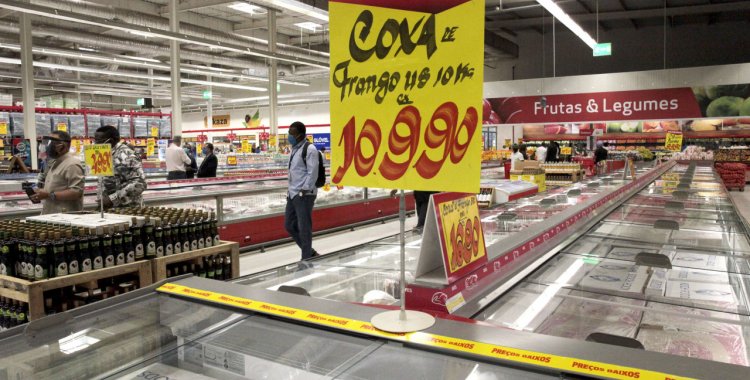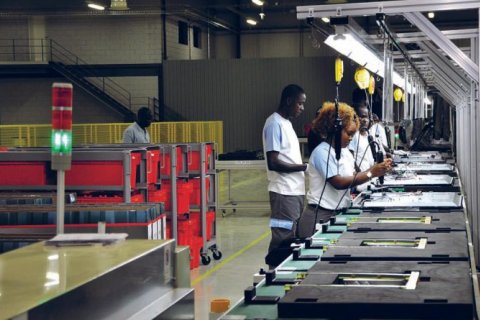According to the document, inflation peaked at 31.09 percent in July, before gradually slowing down to 27.5 percent at the end of the year, with food products and non-alcoholic beverages, miscellaneous goods and services, and health being the categories that contributed most to the rise in prices.
The capital, Luanda, which represents the center of consumption, given its weight and variation, was responsible for around 70 percent of national inflation, says the BNA.
The province of Luanda recorded the highest annual inflation rate, standing at 32.45 percent, compared to 26.92 percent in 2023, followed by Cabinda with 29.27 percent (15.17 percent in 2023, as a result of a lower food supply, due to constraints in the supply chain, especially in the Luanda-Luvo-Noqui logistics corridor and on the border with the Democratic Republic of Congo).
The BNA Monetary Policy Committee increased the base interest rate to 19.5 percent in the first half of 2024, keeping it unchanged until the end of the year, and increased the mandatory reserve ratio in national currency.
However, despite the slowdown in inflation in the second half of the year, the price level remains high and has a direct impact on household purchasing power.
In March 2025, the year-on-year inflation rate in Angola stood at 23.85 percent.
The report also reveals that the economy grew by 4.4 percent in 2024, driven mainly by the non-oil sector, which expanded by 5 percent, while the oil sector grew by 2.8 percent.
In 2024, the kwanza depreciated by 9.12 percent against the dollar, a more moderate drop than the 39.23 percent recorded in the previous year.
According to the BNA document, international reserves increased by 7.07 percent, totaling 15.77 billion dollars, equivalent to 8.3 months of coverage for imports of goods and services.
The stock of credit to the economy grew by 31.6 percent, although the bank default ratio rose to 19.2 percent, reflecting persistent risks in the financial system.







